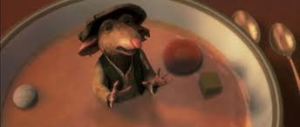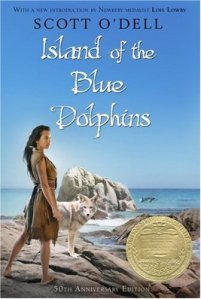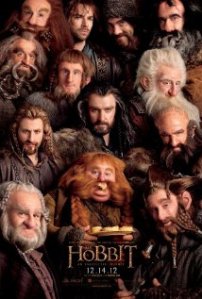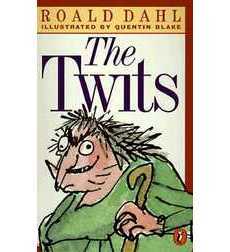The Tale of Despereaux
Interest Level: Grades 3 – 5
Reading Level: 4.7
Genre: Fairy Tale, Fantasy
The Role of Soup in the Tale of Despereaux
“There ain’t a body, be it mouse or man, that ain’t made better by a little soup.”
-Kate DiCamillo, the Tale of Despereaux
Soup touches every character’s life in Despereaux. According to my Kindle App, the word “soup” is mentioned more than 84 times. Chapter 21 begins with the words (in all capital letters) “THE QUEEN LOVED SOUP.” It is soup the royal family is enjoying when Roscuro the rat falls into the queen’s soup, the shock causing a fatal heart attack. “There’s a rat in my soup!” were the queen’s final words. It is the memory of this soup, and the broken heart of the king, that causes the king to ban soup, spoons, and kettles for the entire kingdom (as well as outlaw rats). Gregory, the jailer, points to the pile of kettles, bowls, and spoons as a “monument to the foolishness of love” when meeting Despereaux in the dungeon. When the king’s men are collecting the illegal kitchenware, Mig’s “uncle” declares to the king’s men that he owns Mig. Owning a person is also against the law, so the “uncle” must surrender Mig to the king’s men. It is upon the wagon that confiscates the spoons, bowls, and kettles, which Mig rides on her way to work in the castle. Mig’s father ends up in jail clutching the red tablecloth that he sold his daughter for. When Roscuro sees the tablecloth glow red from the open jail door, he cements his craving for light which leads him to leave the dungeon and end up in the queen’s soup. It is also the first time he sees the princess.
The morning of the princess’s kidnapping, she is dreaming of her mother and tasting her soup. The King and cook are having similar dreams. The cook, against the law of the king, cooks a pot of the queen’s favorite soup. She feeds the soup to Despereaux which strengthens him morally and physically. He descends into the dungeon to save the princess. The princess tempts Roscuro to lead them out of the dungeon, promising him a bowl of soup in the banquet hall. Because he can now go as he wishes to the light, he tells the princess about the prisoner who formally owned a red tablecloth. Mig’s father is so grateful to be released that he treats Mig like a princess for the rest of his life. The final scene of the book has all of the characters, formally enemies, eating the outlawed soup together in the banquet hall.
Metaphorically, soup is all that is comforting and good. It is the loving memory of a wife and mother. It is strength and sustenance. It is encouragement to the desperate, to Despareaux.
Here’s a recipe for chicken, garlic, and watercress soup that may have been similar to the kind in which Roscuro found himself. I have modified from http://food52.com/recipes/3269-roasted-garlic-and-watercress-soup. I think the queen would approve.
• 1 cup of shredded, cooked chicken
• 3 heads of garlic
• 2 pieces of bacon, plus 2 more
• 2 leeks, cleaned and cut in a medium dice
• 1 large white onion, medium dice
• 2 celery, medium dice
• Bay leaf
• 2 1/2 cups homemade chicken stock
• 1 cup watercress, chopped
• Olive oil
• Kosher salt
1. Preheat the oven to 350 degrees.
2. Cut the top off of the garlic heads, leaving the heads intact and exposing a bit of the cloves. Place garlic in the middle of a piece of tin foil and drizzle with olive oil and sprinkle with salt. Now, pull the sides of the foil up and seal the package. Put in the oven and let cook for about 40 minutes, until the garlic is very fragrant, soft and a little brown. Let cool, then slip the cloves out of the husk and reserve in a bowl. This can be done a day ahead.
3. In a large, heavy bottom pot, render the fat from the bacon over medium heat.
4. Add onions and celery and sauté until soft, about 7 minutes. You may need to add a touch of olive oil.
5. Add the leeks and season with salt. Sauté until they are soft.
6. Pour in the chicken stock. You will need enough to just cover the vegetables. Allow to simmer for about 10 minutes. In the last few minutes, add the watercress.
7. Cut the remaining two pieces of bacon into ½ “pieces and sauté until crisp. Remove from the pan and drain on paper towels.
8. Remove the bacon and bay leaf, add the roasted garlic and puree with an immersion blender or in a food processor. (Optional- pass it through a china cap for a more velvety consistency.) Stir in the shredded chicken. Taste for seasoning and serve the soup topped with the crispy bacon. Enjoy!









